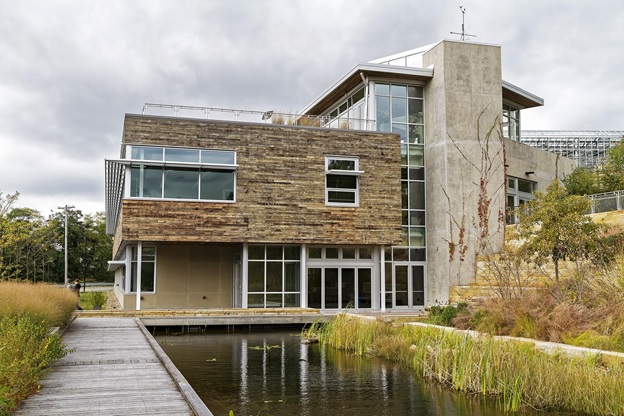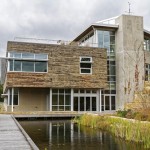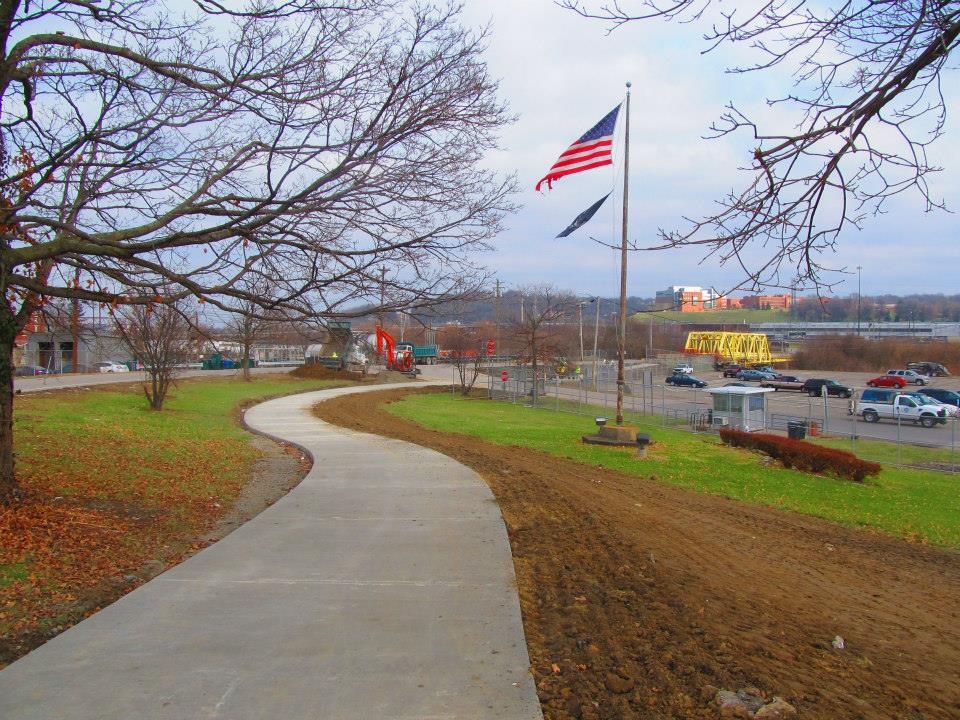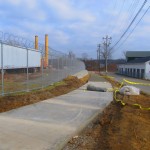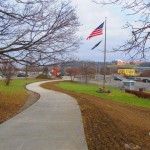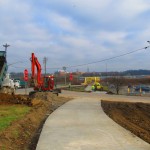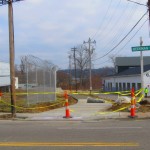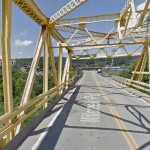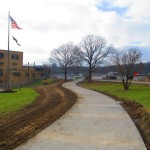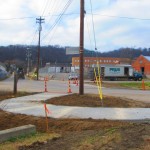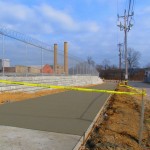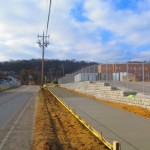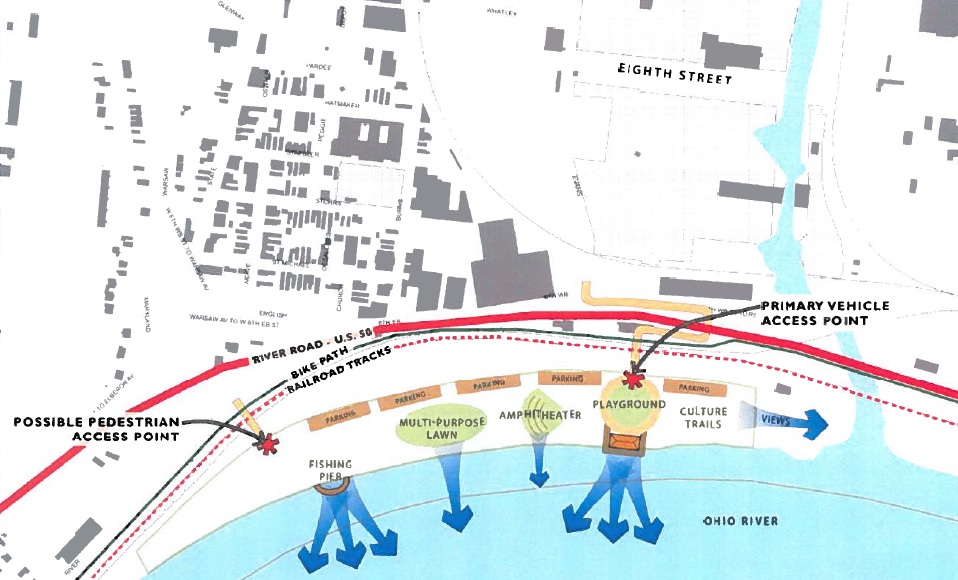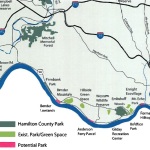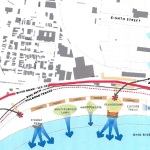Eight years ago Cincinnati was one of the first municipalities to incentivize sustainable building practices through tax abatements for LEED certified buildings. Last week, City Council continued its leadership in sustainable design by becoming one of the first cities in America to incentivize certification through the Living Building Challenge.
Launched in 2006 by the International Living Future Institute, the LBC has quickly become one of the most stringent green building standards in the country. Instead of focusing on reducing bad practices, the LBC encourages projects to be regenerative and create places that make a positive social, economic and environmental impact.
Councilman P.G. Sittenfeld (D) has been working with Cincinnati Living Building Challenge Collaborative members Brian Selander and David Whittaker to get the ordinance to where it is today.
“This will allow us as a matter of policy to support some of the most robust green and sustainable projects anywhere in the country,” Sittenfeld explained to UrbanCincy by email. “We hope this will encourage developers and rehabbers to push the boundaries of sustainable building.”
The LBC certifies renovations, buildings, infrastructure and landscapes, and even entire communities. It does so through a system of seven petals, including Place, Water, Energy, Health and Happiness, Materials, Equity, and Beauty. Each of these petals then includes an additional 20 imperatives, all of which must be met, and judged based on real world performance data.
The ordinance spells out that both new construction and remodeling projects attaining LBC Net-Zero can receive a 100% tax abatement of up to $562,000 of the market improved value, while those attaining LBC Petal or Full have no cap.
While City Council has made stricter requirements for LEED tax abatements in recent years, this new ordinance would not alter those existing incentives for LEED projects. Instead, this provides project developers and owners with more than one opportunity for an applicable certification process; while also helping raise the bar of sustainable and resilient design.
The decision not to override existing incentives for LEED projects makes sense from an overall usage standard. So far, there have been more than 69,000 LEED projects worldwide, while only 23 projects have been certified by the ILFI, with some 250 projects currently registered. Part of this is due to the newness of the ILFI standard, but it also has a lot to do with how difficult it is to attain certification.
For example, full ILFI certification requires a project to produce all of its own energy, process its own waste, and harvest all of its water on the property, or by sharing resources with another property. These are not simple tasks to accomplish, and require a diverse set of skill sets in order to achieve.
Selander, a mechanical engineer with KZF Design, and Whittaker, a landscape architect with Human Nature and founding facilitator of the Cincinnati LBC Collaborative, reflect the diversity of interests and collective buy-in needed on such projects.
“In order to meet the requirements of the Challenge, everyone has to begin to think more holistically and take an integrated systems approach, looking at the building, site, and context in more complex ways beyond just first costs,” Whittaker said.
He also believes that these projects often have a transformative effect on those involved in their creation.
“When project teams start to see how the built environment can become more socially just, culturally rich, and environmentally regenerative, they become very inspired and willing to go the extra mile to develop projects that benefit their communities.”
Some of the practices called for in this more aggressive green building standard, however, are prohibited by other existing City ordinances. This means that any project looking to go down this path will need to exhaust all regulatory appeals, short of legal proceedings, before using any exceptions allowed by the LBC that acknowledge current policy conditions.
This, developers of the standard say, is where the Challenge becomes more than just a checklist, but a tool for advancing regulations and culture, advocating for a more resilient, sustainable, and vital built environment.
